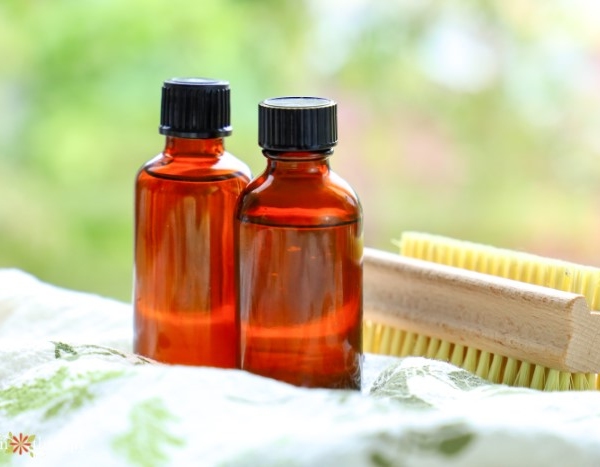The average cost of home insulation is between $1,500 and $6,500 for a 1,500-square-foot home. The average fee per square foot is around $1.50 and $5.00.
Home insulation creates a thermal envelope that helps maintain a consistent indoor temperature. Insulation helps reduce energy consumption, lower heating and cooling costs, enhance moisture control and increase the overall durability and lifespan of the building.

Factors That Affect the Cost of Insulation Installation
The size and complexity of the house, chosen materials, and any additional features all affect the final cost of insulating your home.
Type of Insulation
All types of insulation are effective in preventing heat loss. However, their methods of application may be more suitable for specific situations.
- Reflective Foil ($0.35 and $0.75 per square foot): Radiant barrier insulation utilizes highly reflective foils and rigid foam boards to effectively reflect heat away from living spaces.
- Blanket Batts and Rolls ($0.65 and $2.00 per square foot): This type of insulation is designed to fit the standard width between wall studs, rafters and joists and is commonly made of fiberglass cotton, mineral, wool and plastic.
- Blown-In Loose Fill ($1.65 and $3.80 per square foot): In this type, a machine is used to blow the insulation material (usually recycled cellulose material like newspapers or cardboard) into a liminal space between the outside and the area to be insulated.
- Rigid Foam Boards ($2.40 and $3.75 per square foot): When installed on the interior side of walls, rigid foam insulation boards create a continuous layer of insulation that helps prevent heat loss or gain through the building envelope.
- Spray Foam ($3.15 and $7.50 per square foot): When applied to the wall cavities, wet spray foam dries and seals all gaps, providing excellent insulation with high thermal resistance.
Size of the Area to Cover
The total cost of your insulation project depends on factors such as the area size you wish to cover. On average, prices per square foot range between $1.50 and $5.00. Here’s a list of average costs based on the square footage of the area you want to insulate:
- 100 square-foot area: $40 – $200
- 500 square-foot area: $200 – $1,000
- 1,000 square-foot area: $400 – $2,000
- 2,000 square-foot area: $800 – $4,000
Complexity of Installation
Areas that are usually insulated in a house are the basement, garage, roof, attic and walls. The more complex these areas are, the more the project will cost. For example, if the installer needs to get the material in hard-to-reach areas or needs to remove old insulation, the project will be pricier.
Other Factors That May Affect the Cost of Insulation Installation
Several other factors can influence the total cost of insulation, such as the insulation brand and site preparation requirements.
Brand
Here’s a list of the most popular insulating brands:
- Owens Corning: Known for its fiberglass insulation, with an average price between $0.25 and $0.50 per square foot.
- Rockwool: It specializes in stone wool insulation products. Their prices range between $0.50 and $1.00 per square foot.
- CertainTeed: Offers a range of insulation products, including fiberglass, spray foam, and blown-in insulation. The price range for CertainTeed fiberglass insulation is typically in the range of $0.30 to $0.60 per square foot.
Features
Additional upgrades may be necessary for your insulation installation and can influence the overall cost. Some of these include:
- Air sealing measures (caulking, weatherstripping or sealing gaps and cracks)
- Vapor barriers
- Moisture control systems
- Fire resistance requirements
- Old Insulation removal
- Energy audits or assessments
Labor Costs
Home insulation labor has an average price of $0.25 and $2.50 per square foot. The total labor costs will depend on the type of material, installation method, equipment used and the complexity of the area to be insulated.
Labor costs usually include site prep, where workers cover all valuables, windows, doors, and important surfaces, ensure the electrical wiring and repair any previously damaged structures that could get in the way of the installation.
Cost to DIY
With the right tools, proper insulation, and enough time, homeowners can opt for a DIY insulation installation, significantly reducing labor costs. Expect to pay between $150 to $700 if you do it yourself.
The cost of hiring a professional can be two to three times more, on top of the cost of the materials. However, since insulation is a delicate task, hiring a professional can assure you that the job was done correctly. Additionally, most contractors will offer warranties on their workmanship and product, so if anything happens, you can contact them to fix it.
How To Save Money on Insulation Installation
Besides DIY insulation, here are other tips to save money on insulation installation:
- Consider the insulation’s R-value: While higher R-values generally provide better insulation, it’s important to consider the cost-effectiveness of achieving extremely high R-values. Determine the appropriate R-value required for your climate and budget, and focus on achieving that level without unnecessary over-insulation.
- Optimize insulation thickness: Calculate the insulation thickness required to meet the desired R-value and avoid overspending on thicker insulation than necessary.
- Properly seal air leaks: By minimizing air leakage, you can optimize the effectiveness of insulation and potentially reduce the overall cost.
- Research and compare insulation materials and brands: Research options such as fiberglass, cellulose, spray foam, and rigid foam boards to determine the best cost-effectiveness and insulation performance for your specific needs.
Insulating your house is an environmentally friendly project for homeowners. By familiarizing themselves with crucial factors like necessary R-values, climate considerations, and specific details about their house, homeowners can enjoy a wide range of benefits, including reduced noise levels, better control over moisture and temperature, and improved performance of their HVAC system.


